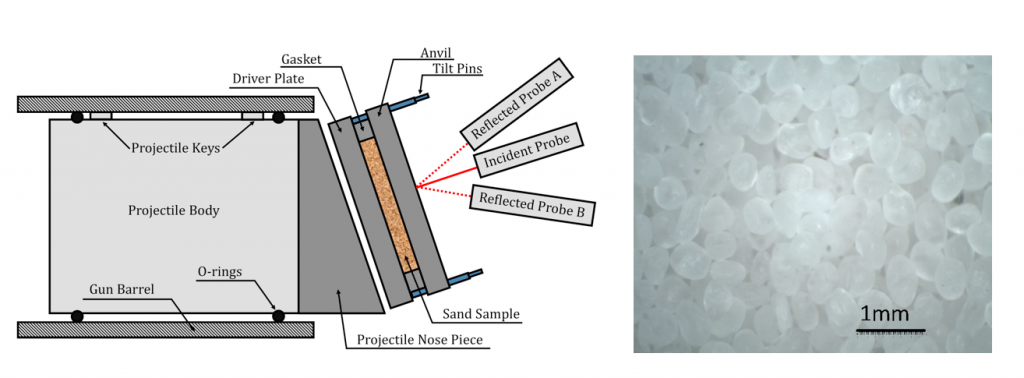Projects in Additive Manufacturing and Charged Polymers at ARL
Additive Manufacturing (AM) processes are revolutionizing the on-demand capabilities of current front-line missions for the modern soldier, allowing unprecedented levels of manufacturing versatility and multi-functionality as needed. As the technology continues to mature, new materials and methods for evaluating AM parts will be required. In this seminar, a variety of important topics related to polymer additive manufacturing at the US Army Research Laboratory are discussed, including applications in the areas of: recycling of front-line battlefield polymer waste for on-demand AM, fabrication of novel filaments for AM processes, and construction of nanocomposites using AM. Techniques for evaluating mechanical performance of AM polymers are also discussed, including topics in the areas of interfacial mechanical behavior and fracture properties.
Nikki Zander, Dan Cole, Kevin Hart, and Frank Gardea from the Army Research Lab will be joining us at the Johns Hopkins University Homewood Campus. Seminar will be held at 11 AM in Malone Hall, G 33/35.






